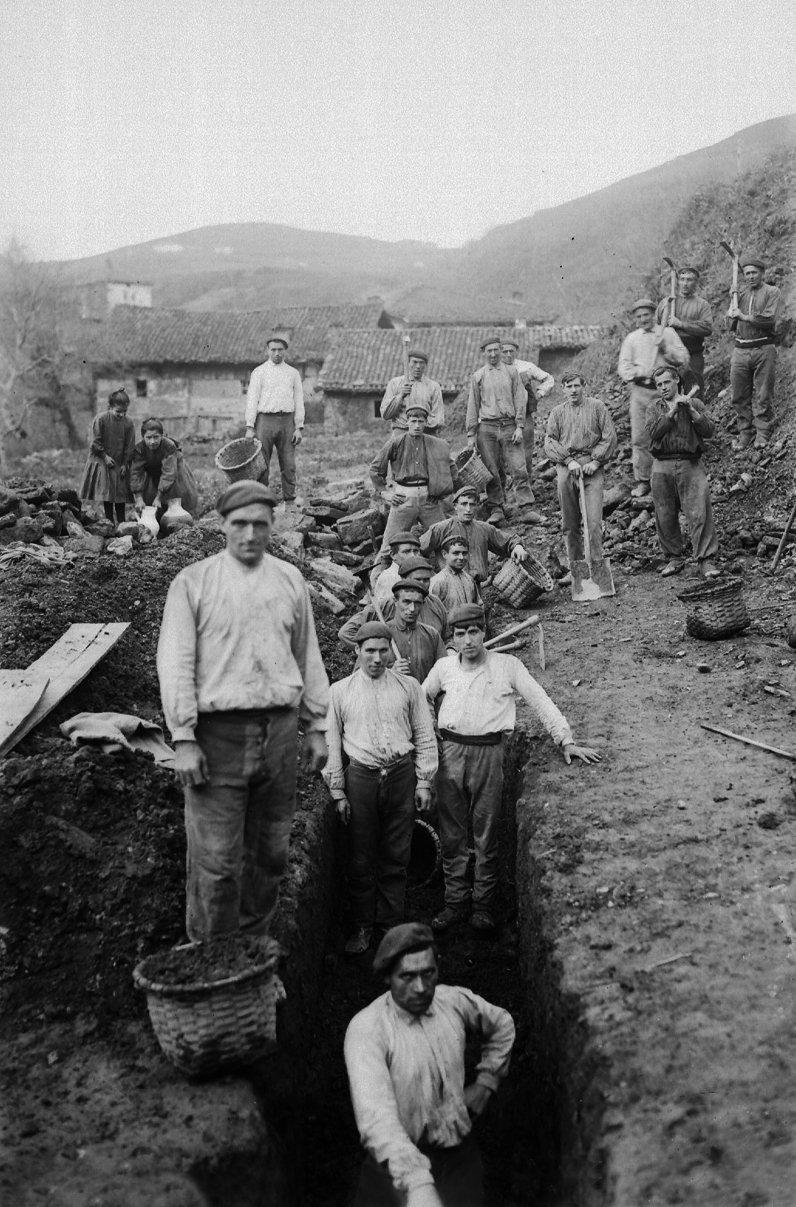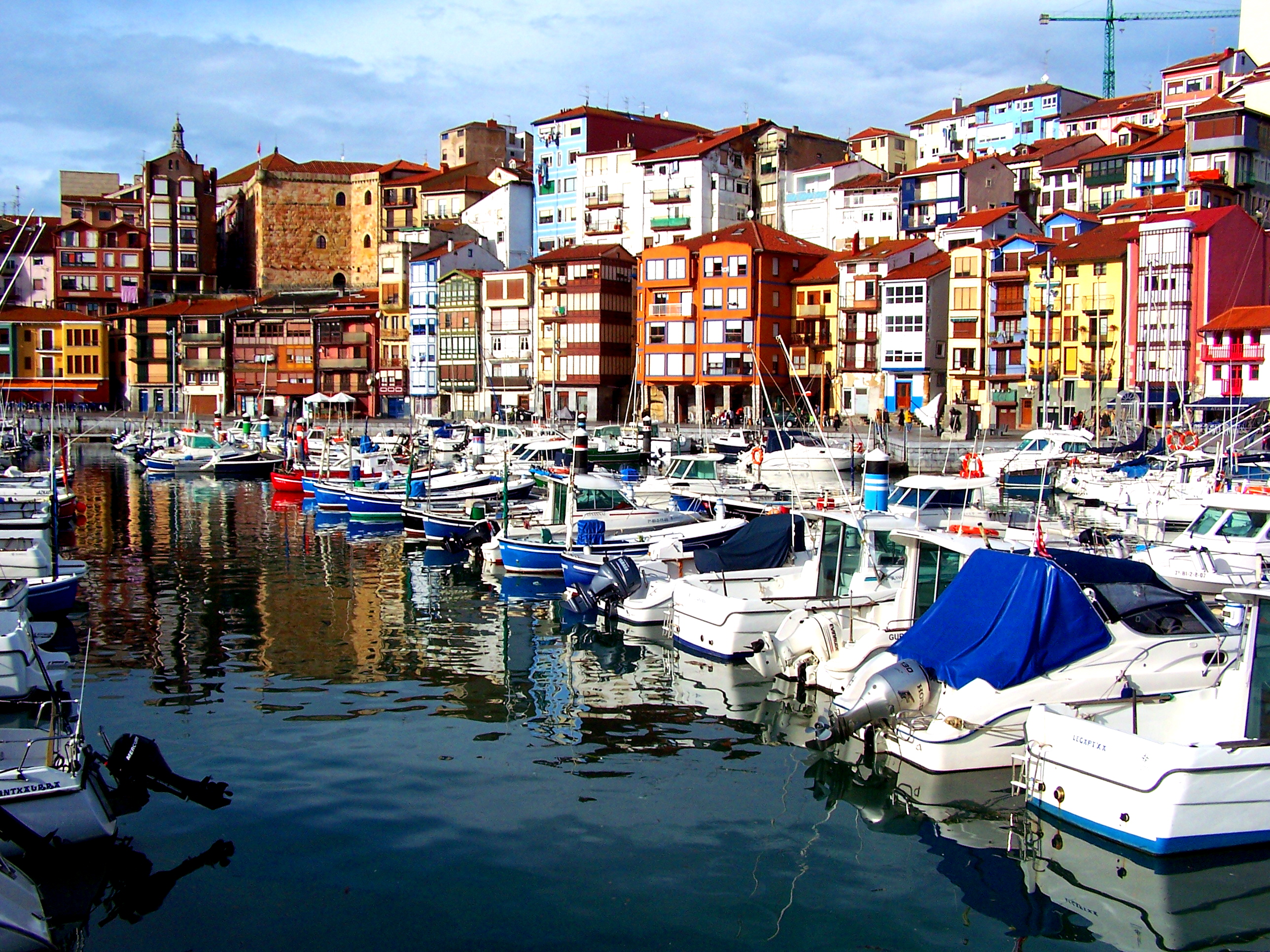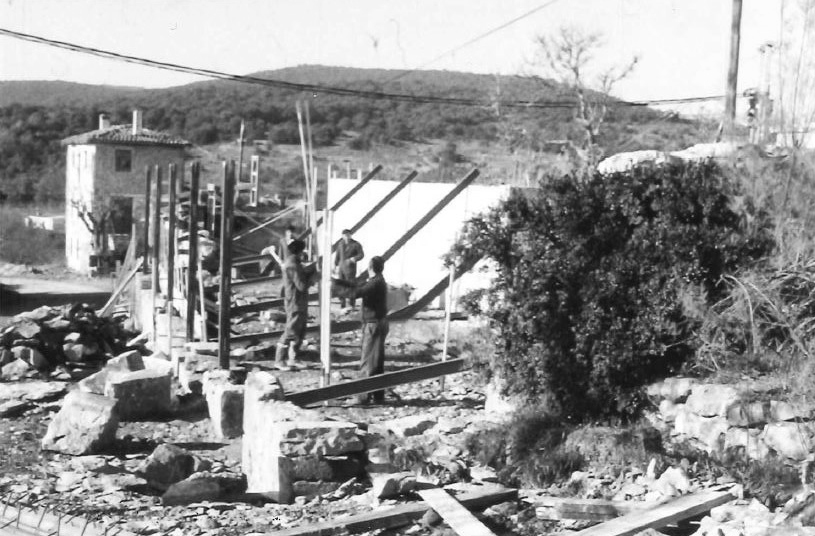Archives

Old-time working bee. Zeanuri (Bizkaia). Felipe Manterola Collection. Labayru Fundazioa Photographic Archive.
In Basque-speaking locations the provision of services to the neighbourhood is known as auzolana. Communal work was more common in the past, partly because provincial and local councils have budgets to cover a wider range of needs and wants for all now than before. Such mandatory works for the community to which every household still contributes in some localities in Álava are there called veredas. (more…)

Fishing city of Bermeo. Labayru Fundazioa Photographic Archive.
In the old days (and currently to a lesser extent) small-city dwellers provided assistance to each other. Prevailing low-rise housing blocks accommodated barely a handful of residents, and the lack of a lift and a parking garage in the building made transit up and down the stairs compulsory and constant, and therefore, ensured closer and regular contact. (more…)

Demolition and construction of a bowling alley by cooperative labour. Apodaka (Álava), 1984. Isidro Sáenz de Urturi.
In the villages of Álava neighbours must contribute to the maintenance of common property: buildings, paths and fields. Such provision of services to the community is locally known as vereda.
The chair of the Administrative Board would summon the commission with a peal of bells; nowadays a circular is mailed to all houses. Back in the old days the circular was passed on from house to house. The chair of the board took it to the nearest house, from there it was passed onto the next, and so on until the circle was completed. The circular announced the day and time of the gathering. Should it be a working day, bells were rung at the appointed time as a reminder, and matters of small concern were treated on Sundays after mass. (more…)



